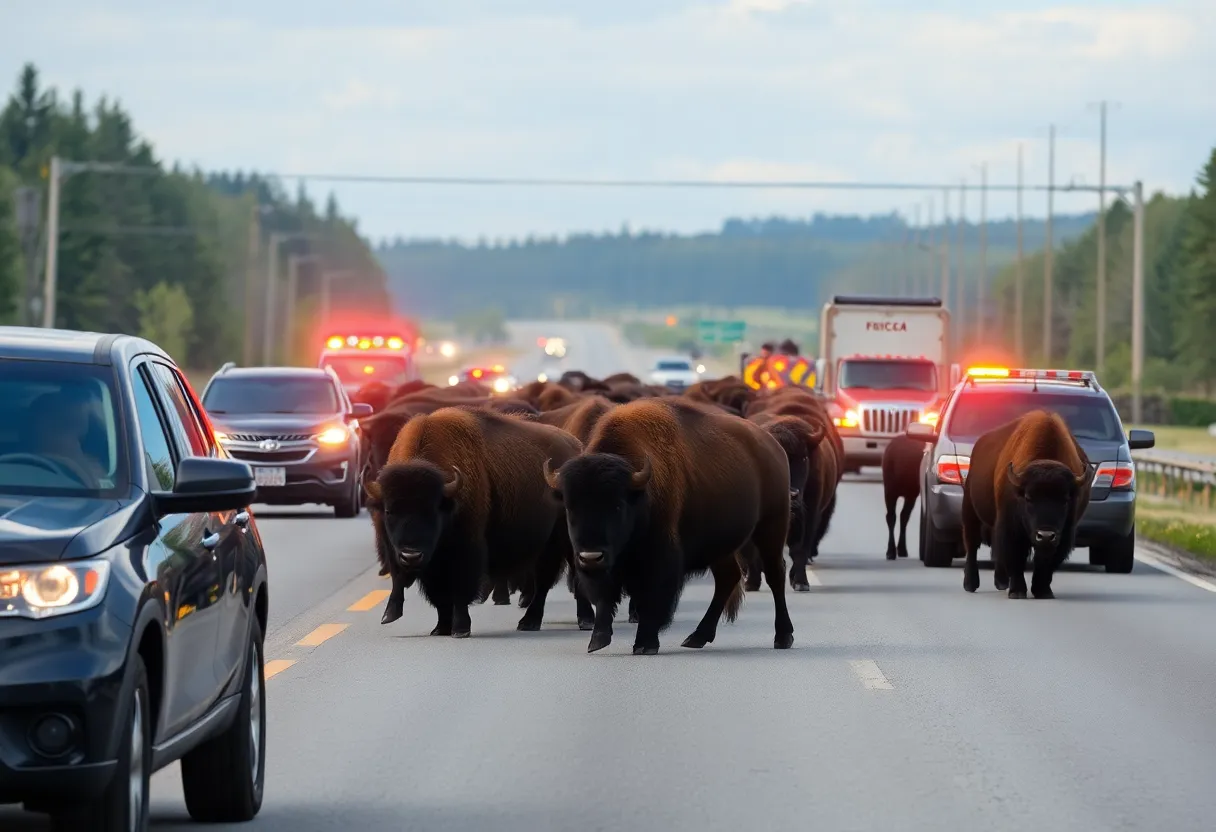News Summary
As generative AI reshapes the marketing industry, it’s crucial to explore its impact on jobs. While this technology may displace certain roles like copywriters and designers, it also opens doors for millions of new opportunities. The transition will demand retraining and adaptation to ensure workers can thrive in this evolving job market. Companies are grappling with how to balance automation with the need for a skilled workforce, making this a fascinating time for marketers.
The Evolving Landscape of Marketing Jobs in the Age of Generative AI
Hey there! If you’ve ever wondered how the rise of generative AI is changing the job market in the marketing world, you’re not alone. Let’s dive into how this technology is shaking things up, creating both challenges and opportunities for workers.
The Double-Edged Sword of AI
Generative AI is like that friend who, while sometimes a little too helpful, can also make things awkward. Sure, there’s potential for job displacement. Right now, positions like copywriters, designers, and coders are at risk as these smart machines take over tasks that humans usually handle. In fact, estimates from Goldman Sachs suggest that around two-thirds of current jobs are exposed to some level of AI automation. This isn’t just a passing trend—generative AI has the potential to substitute up to a whopping one-fourth of our current work!
The Good, The Bad, and The Transition
Now, it’s not all doom and gloom. Sure, there’s a possibility that roles will vanish. The World Economic Forum predicts that we might see about 92 million jobs disappear in the next five years. But before you start panicking, listen to this: they also forecast that around 170 million new jobs will pop up, leading to a net increase of approximately 78 million jobs! Wow, right?
The catch? Transitioning workers into these new roles is no easy feat. Retooling displaced workers is a big challenge, especially when we think about clerical workers needing to pivot into completely different roles like farmers, software developers, or skilled trades.
Generative AI in Action
But how is this generative AI making its presence felt in marketing? Well, digital marketing roles, especially those involving copywriting, graphic design, and coding, are already seeing significant shifts. Junior copywriters find themselves facing stiff competition from generative AI, which can churn out marketing copy with impressive efficiency.
Imagine a scenario where large language models (LLMs) are fine-tuned to understand specific brand guidelines, streamlining the review process for marketing copy. This could mean faster turnaround times but raises questions about job security for entry-level positions.
The Slow Adoption of AI Tools
Initially, many companies have been somewhat hesitant to dive into generative AI. However, as more secure implementations are developed, we’ve started to see a change. Designers are also reporting mixed experiences; while generative AI is speeding up certain tasks—like upscaling images—it’s not quite nailing the challenge of creating entirely new images that adhere strictly to brand guidelines.
And when it comes to coding, LLMs have proven to be quite effective. They’re like a handy assistant that helps coders juggle various programming languages!
AI and Future Job Dynamics
Looking ahead, many marketers agree that AI will handle a significant chunk of marketing tasks—over 25%—in the next three years. This newly automated workflow could lead organizations to streamline their teams. But be careful! Leaner teams could introduce instability, particularly during turnover periods, especially in larger organizations.
With AI automating certain roles, the absence of junior positions could weaken the future talent pipeline. This has important implications for leadership development down the line. To counteract these shifts, businesses might lean toward cross-training employees to fill workforce gaps left by generative AI.
Outsourcing on the Rise?
As companies face management challenges alongside staffing changes, outsourcing marketing tasks might seem like an appealing option. This shift could potentially refocus efforts from urgent daily tasks to more high-return opportunities in marketing.
Final Thoughts
Overall, while the landscape of digital marketing is transforming rapidly with the help of generative AI, it also holds promise for saving brands considerable time and allowing them to reallocate their resources toward work that truly makes an impact. Interestingly, a recent survey suggests that while nearly half of marketers worry that AI will eliminate more jobs than it creates, a larger percentage remain optimistic and don’t fear being rendered obsolete.
As economic uncertainties loom, marketing teams must navigate this evolving environment, with over half reporting that these challenges are affecting their staffing strategies. It’s a fascinating time to be in the marketing field—full of twists, turns, and the potential for growth!
Deeper Dive: News & Info About This Topic
HERE Resources
Seint Beauty’s Big Changes: From MLM to Affiliate Model
Exciting News in the Music Management World: Q Prime Launches Q Prime AF with Aaron Frank
Exciting Opportunities in the Music Industry: Digital Marketing Positions Abound!
Pam Levine Steps Down from Disney Branded Television
TikTok Users Flee to Alternative Platforms Amid Uncertainty Surrounding App’s Future
Exciting Changes at Deviate Digital as the Agency Gears Up for 2025!
Exciting Growth at Deviate Digital: Join the Music Marketing Revolution!
Kobe Digital Expands Operations to Miami
Revitalizing Detroit: A New Era of Urban Renovation
Trump Administration Plans to Roll Out Auto Tariffs: Impact on Industry
Additional Resources
- CMSWire: AI’s Impact on Digital Marketing Jobs
- Adweek: Marketers Believe AI Will Eliminate Jobs
- Marketing Brew: AI is Changing Marketing Jobs
- Forrester: Will AI Take Your B2B Marketing Job?
- Wikipedia: Generative AI








